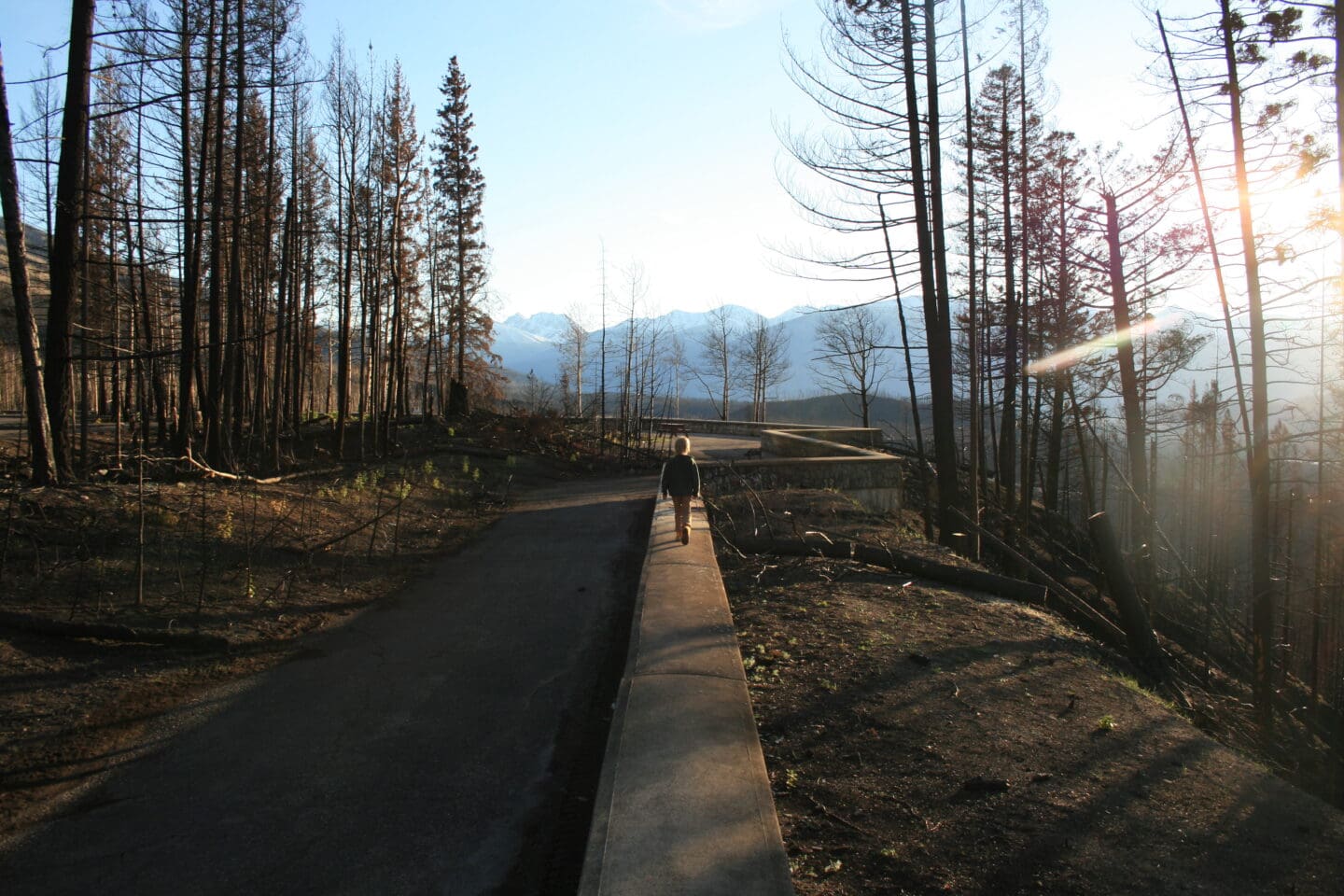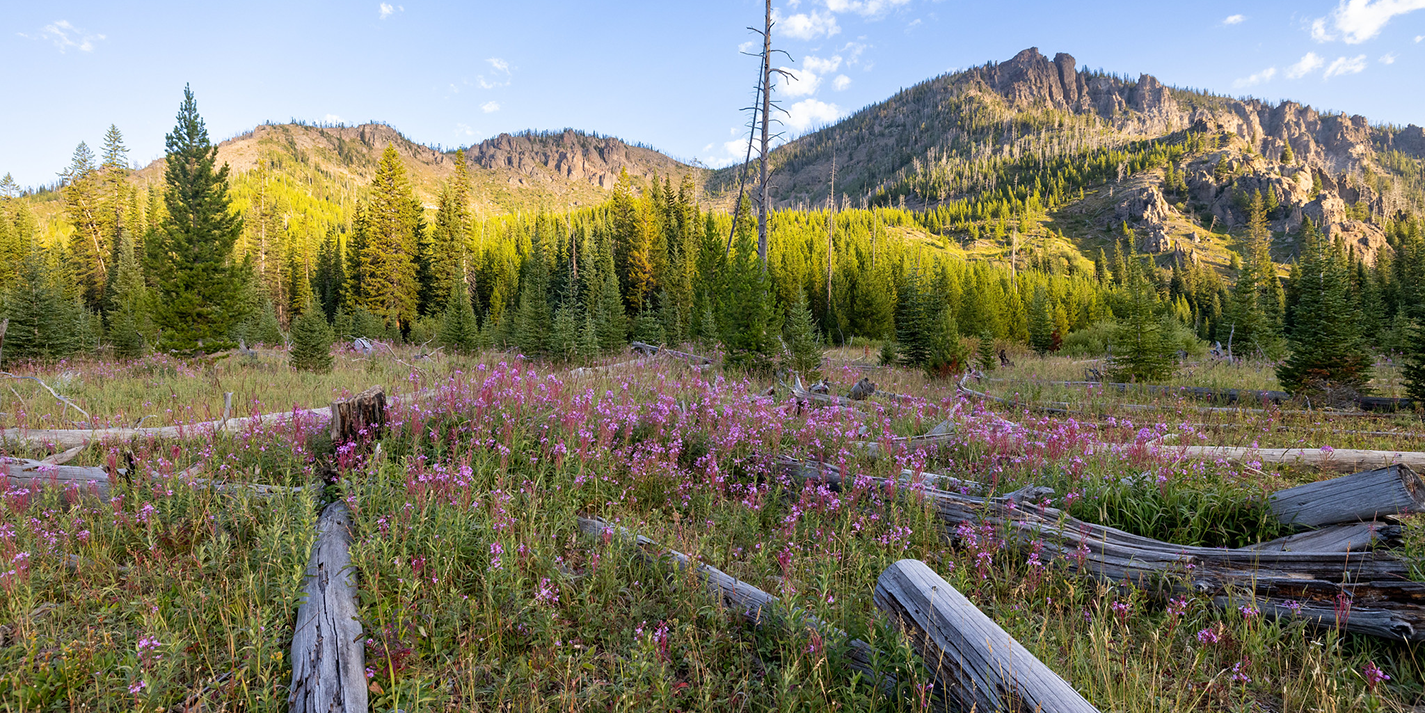Connecting and protecting landscapes from Yellowstone to Yukon is a powerful climate strategy
The best climate solution already exists: intact nature.
Connecting and protecting habitats is one of the most effective ways to combat climate change while supporting biodiversity and the health of our communities. Here are some reasons why:
1. Intact nature stores carbon and regulates water.
Maintaining and protecting large intact landscapes is the best strategy to mitigate climate change.
Avoiding the destruction of forests, grasslands, wetlands, and other carbon- and species-rich ecosystems helps prevent emissions while keeping nature’s carbon vaults locked.
Healthy mountain landscapes also act like sponges, storing and slowly releasing water to sustain rivers and communities through dry seasons.
2. Connected movement corridors help species adapt.
The Yellowstone to Yukon region provides vital pathways for wildlife to move north or to cooler elevations as the climate shifts.
Connected landscapes are a lifeline for ecosystems, helping animals to find food, water, and mates. They help populations exchange genes between islands of habitat that are carved up by our road network and other human development.
Wildlife crossings, voluntary private land conservation, and solid policies and funding help strengthen nature’s connections, enhancing resilience to extreme climate events and allowing species to adapt to shifting conditions.
3. Giving wildlife room to roam supports healthy ecosystems.
Animals need wide open spaces to roam, feed, and reproduce. This landscape still supports much of its native biodiversity — our goal is to keep it this way.
When wildlife has space, encounters with people decrease. Non-lethal solutions, like bear-proof garbage bins, electric fences, and more, help humans and wildlife coexist — helping sustain healthy and connected ecosystems.

One of the most important steps to addressing climate change? Preserve nature first.
Restoration is valuable and needed to bring degraded landscapes back to health, but intact nature does the heavy lifting for climate and biodiversity.
Keeping landscapes connected and protected, and ecosystems healthy, is the strongest safeguard for our shared future.
That’s why we must scale up protection against a backdrop of worldwide biodiversity loss, land-use pressures, and the stark reality of rapid climate change — the effects of which are already having a profound impact on mountainous regions globally and the plants and animals within them.
As the only organization dedicated to securing the long-term ecological health of this entire region, we at Y2Y know that keeping these landscapes intact is the best way to tackle the loss of biodiversity and a changing climate.
And your support is helping us achieve our bold mission. Thank you!


